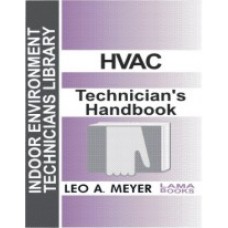
Figure 1. Angular misalignment.

Figure 2. Parallel misalignment.
With parallel misalignment, the sheaves may be in angular alignment, but their position on the shaft creates a parallel offset. (See Figure 2.) Ideally, you want to have both parallel and angular harmony. The objective is to have the shafts parallel and the center lines of the two sheaves in line with each other. (See Figure 3.)

Figure 3. Desired alignment.
IMPACTS OF V-BELT MISALIGNMENT
Excessive V-belt drive misalignment causes one or more of the following drive conditions:1.Premature V-belt failure.
2.Uneven and premature sheave wear.
3.Higher V-belt operating temperature and energy consumption.
4.Uneven wear on belt sidewall.
5.V-belts rolling over in the sheave groove.
6.Transfer of load to one side of the V-belt, which can destroy the belt cords on that side.
7.Increased probability of vibration.
8.Drive instability.

Click on the image for an enlarged view.
BEST PRACTICES FOR V-BELT DRIVE ALIGNMENT
Acceptable V-belt misalignment for raw edge cogged V-belts is 1/2° or 1/10 inch per foot of center distance. Non-cogged V-belts can tolerate sheave misalignment of about 2° maximum.The easiest way to quickly ensure sheave alignment is to use a straight edge or multi point contact string method.
Special Note:Sheave alignment should be checked before and after belt tensioning. Always adhere to strict safety and lock out and tag out procedures when performing maintenance on a V-belt drive.
Sidebar: V-Belt Drive Video
An informative V-belt drive sheave installation and tensioning instructional video is available at www.emerson-ept.com which details steps for correctly inspecting and installing V-belt drives. The download video path appears below.1.Click on Product Literature tab.
2.Click on Download.
3.Click on Media Type dropdown.
4.Click on Video’s.
5.Click Submit – Available video titles will appear.
6.Click on V-Belt video.
Reprinted with permission from the Browning Belt Drive Monthly published by Emerson Industrial Automation. For more information, visit www.emerson-ept.com.
Publication date:06/07/2010






